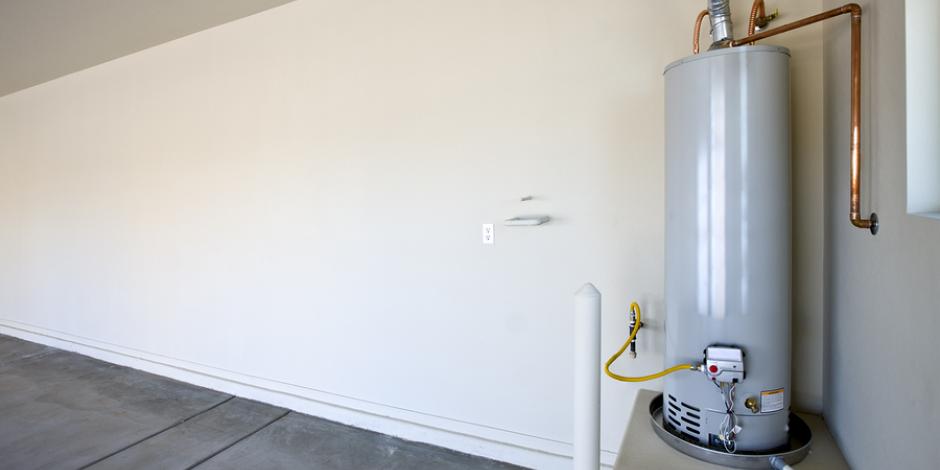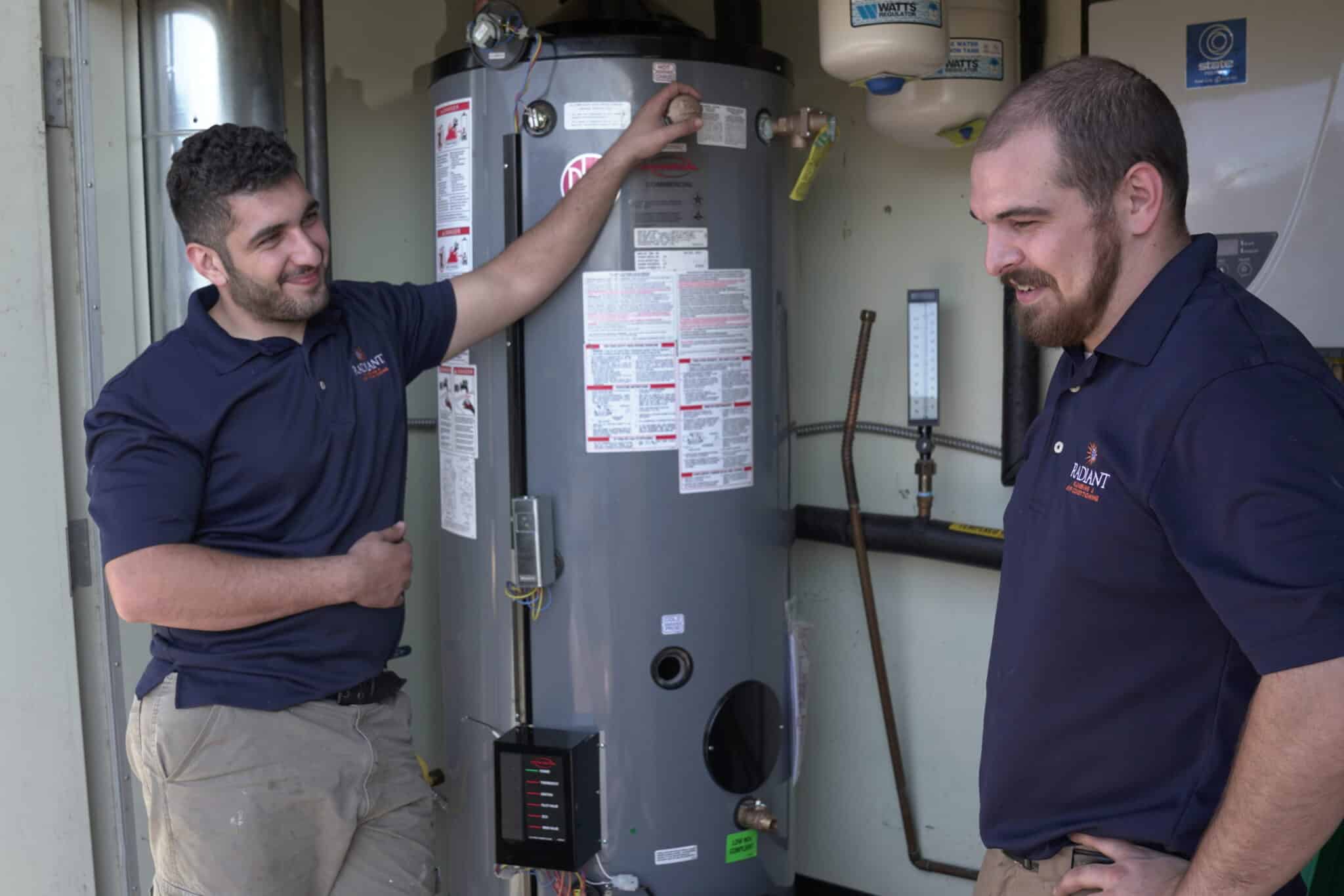Steps on How to Care for Your Home's Hot Water System Effectively
Steps on How to Care for Your Home's Hot Water System Effectively
Blog Article
Just about everyone is bound to have their own assumption in relation to How to Maintain Your Water Heater & Prolong its Life.

Hot water is vital for everyday comfort, whether it's for a refreshing shower or cleaning meals. To ensure your warm water system runs effectively and lasts longer, regular upkeep is crucial. This short article provides sensible ideas and insights on how to keep your home's hot water system to avoid disturbances and expensive repairs.
Intro
Maintaining your home's warm water system might appear difficult, however with a few simple actions, you can guarantee it operates smoothly for many years to find. This guide covers everything from understanding your warm water system to DIY upkeep tips and recognizing when to call in specialist help.
Value of Maintaining Your Warm Water System
Regular maintenance not just prolongs the lifespan of your hot water system yet also guarantees it operates effectively. Neglecting upkeep can lead to reduced performance, higher power costs, and even early failure of the system.
Indications Your Warm Water System Needs Maintenance
Recognizing when your hot water system needs attention can stop significant issues. Watch out for indicators such as inconsistent water temperature, strange noises from the heating system, or rusty water.
Comprehending Your Warm Water System
Prior to diving into maintenance jobs, it's useful to recognize the standard components of your hot water system. Normally, this consists of the hot water heater itself, pipes, anode poles, and temperature level controls.
Month-to-month Maintenance Tasks
Regular regular monthly checks can assist capture minor issues before they intensify.
Purging the Hot Water Heater
Purging your hot water heater removes sediment accumulation, enhancing effectiveness and lengthening its life.
Monitoring and Changing Anode Rods
Anode poles avoid rust inside the storage tank. Checking and changing them when broken is critical.
Evaluating and Changing Temperature Settings
Adjusting the temperature settings ensures optimal performance and safety.
DIY Tips for Upkeep
You can carry out numerous upkeep tasks on your own to keep your hot water system in leading problem.
Looking for Leaks
Frequently check pipes and connections for leakages, as these can bring about water damages and greater expenses.
Evaluating Pressure Alleviation Valves
Examining the stress safety valve ensures it functions correctly and stops extreme pressure buildup.
Shielding Pipelines
Protecting hot water pipes decreases heat loss and can conserve power.
When to Call an Expert
While DIY upkeep is valuable, some issues call for expert competence.
Complicated Issues Calling For Expert Help
Examples consist of significant leaks, electric issues, or if your water heater is continually underperforming.
Regular Specialist Maintenance Benefits
Expert maintenance can consist of extensive evaluations, tune-ups, and guaranteeing compliance with security standards.
Verdict
Routine upkeep of your home's hot water system is essential for efficiency, long life, and cost financial savings. By complying with these pointers and understanding when to look for expert assistance, you can ensure a trustworthy supply of hot water without unanticipated disruptions.
How to Maintain an Instant Hot Water Heater
Before tinkering with your hot water heater, make sure that it’s not powered on. You also have to turn off the main circuit breaker and shut off the main gas line to prevent accidents. Also turn off the water valves connected to your unit to prevent water from flowing into and out of the appliance. 2. When you’re done, you have to detach the purge valves’ caps. These look like the letter “T†and are situated on either side of the water valves. Doing so will release any pressure that has accumulated inside the valves while at the same time avoid hot water from shooting out and burning your skin. 3. When the purge valves’ caps are removed, you have to connect your hosing lines to the valves. Your unit should have come with three hoses but if it didn’t, you can purchase these things from any hardware or home repair shops. You can also get them from retail stores that sell water heating systems. Read the user’s manual and follow it to complete this task properly. When the hosing lines are connected, open the purge port’s valves. 4. You should never use harsh chemical cleaners or solutions when cleaning your unit. Make use of white vinegar instead. It should be undiluted and you’ll probably use about 2 gallons. 5. Now flush your water heater. This task should probably take about 40 minutes. We can’t give you specific directions for this because the procedure is carried out depending on the type, model and brand of your heater. With that being said, refer to the user’s manual. 6. When you’re done draining the unit, you have to turn off the purge port valves again. Remove the hosing lines that you earlier installed on each of the water valves. Put the valve caps (purge port) back in their respective places and be very careful so as not to damage the rubber discs that are found inside these caps. 7. Now that everything’s back in place, check your user’s manual again to find out how to reactivate your water heating system. 8. Once it is working, turn one of your hot water faucets on just to let air pass through the heater’s water supply pipes. Leave the tap on until water flows smoothly out of it. https://www.orrplumbing.com/blog/2014/september/how-to-maintain-an-instant-hot-water-heater/

Hopefully you enjoyed our section about What Kind of Maintenance Do Water Heaters Need?. Many thanks for taking a few minutes to read our blog. Loved our write-up? Please quickly share it. Let somebody else locate it. I love your readership.
Schedule Estimate Report this page